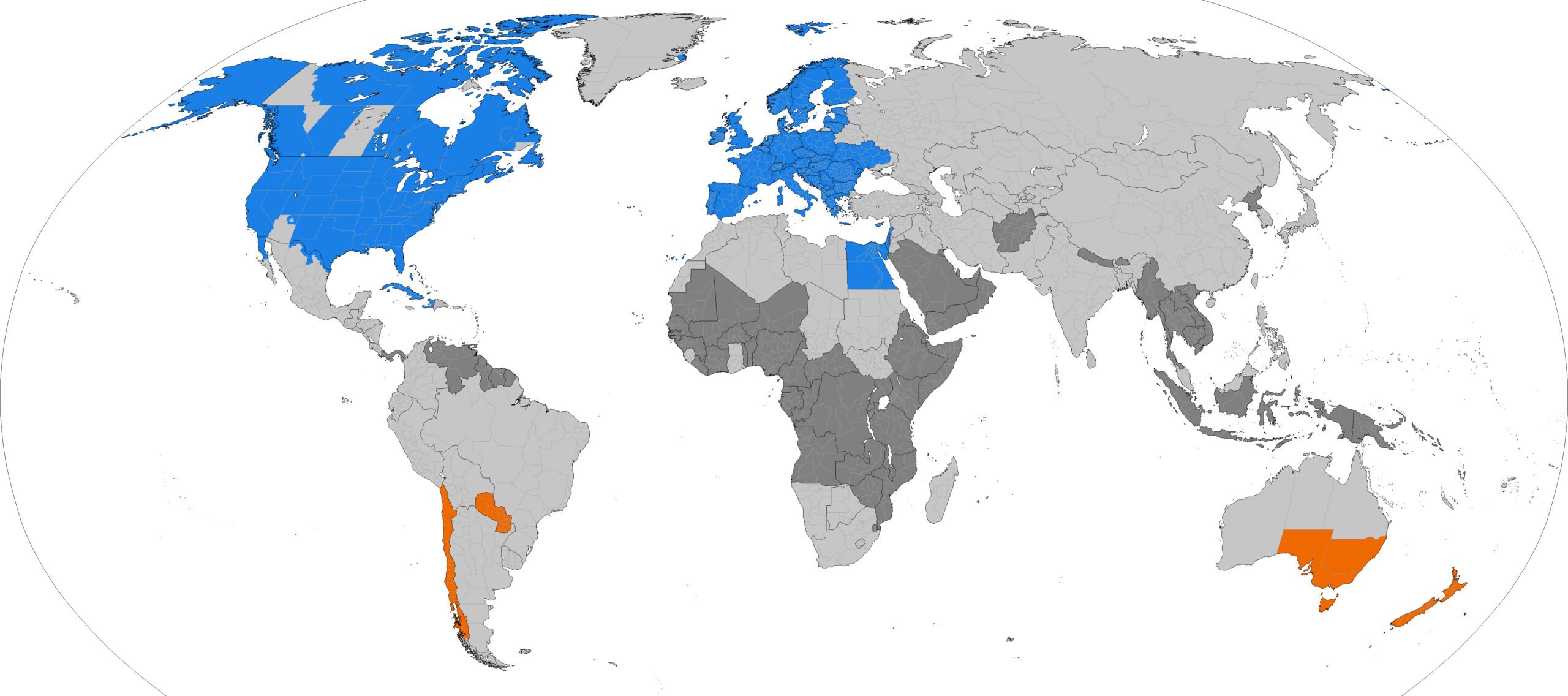This Sunday, November 5, the clocks will once again need to be reset as daylight saving ends and the season of winter announces its official arrival. While most of us have smartphones that will update automatically, there is still the matter of the clock on the oven and the imitation Mondaine you might have hanging on the wall. And while the former requires a PhD in mathematical science to change, the latter should be reasonably straightforward.
However, our reward for enduring this minor inconvenience is that we all get an extra hour in bed. Surely, it’s worth that.
The notion of aligning waking hours to daylight hours was first proposed by Benjamin Franklin in 1784, largely to economize on candle usage by waking up earlier in the summertime. Later, in 1895, a New Zealand astronomer named George Hudson proposed the idea of changing clocks by two hours every spring and in 1908, Port Arthur in Ontario, Canada started using Daylight Saving Time (DST) for the very first time before the idea became commonplace in Europe eight years later. And with it began the controversy.
DST is generally not observed near the equator, where seasonal sunrise and sunset times don’t vary enough and many countries only partially observe it. For instance, only the south-east corner of Australia (Victoria, South Australia and New South Wales) participates in this chronological caper. Moreover, the states of Hawaii and most of Arizona (with the exception of the Navajo Nation) also do not observe DST. Asia, Africa, and Latin America and the Caribbean also, for the most part, do not.

Credit: Wiki, Time Zones Boy
While arguments both for and against DST include things like vitamin D deficiency, sleep disruption, exacerbated mental health conditions and even a reduction in criminal activity, like it or not, the state of California continues to tinker with time twice a year.
So why not embrace the occasion and use it as a bi-annual excuse to perform some very important safety checks around the home. And that’s exactly what the Santa Monica Fire Department (SMFD) and the National Fire Protection Association do, encouraging everyone to use the opportunity as a reminder to check and potentially replace smoke detectors and carbon monoxide alarms throughout your house or apartment.
"Install smoke alarms on every level of your home, inside each bedroom and outside each sleeping area," says Cathy Taylor, Fire Prevention Coordinator, SMFD.
"For best protection, have interconnected alarms, so when one sounds, they all sound. Have someone test your alarms once a month by pushing the test button and replace any that are 10 years old or older," Taylor says, adding, "If you or someone in your home is deaf or hard of hearing, use a bed shaker and strobe light alerts that work with your smoke alarm."
She explains that it’s advisable to keep all alarms at least three feet away from anything that can burn— including you. Shut off and unplug heaters when you leave the room or go to bed and plug heaters directly into a wall outlet and never into an extension cord or power strip.
Smoke alarms are a key part of a home fire escape plan. When there is a fire, smoke spreads fast. Working smoke alarms give you early warning so you can get outside quickly. Moreover, teach children what a smoke alarm sounds like and talk about fire safety and what to do in an emergency.
It might sound a bit peculiar, but using the mild annoyance of Daylight Saving to double check fire alarms is up with other invaluable "home hacks" like using rubber bands to make a chopping board non-slip, using citrus peel for stinky waste disposal and baking soda for red wine stains.









